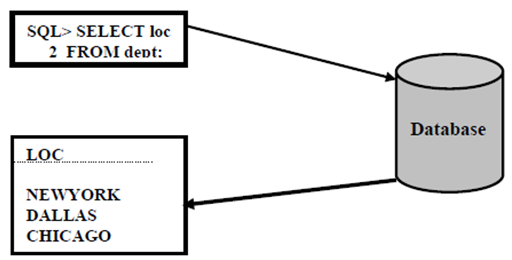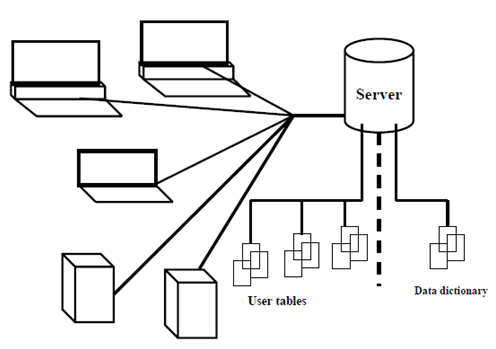Basic Concepts
Relational Model
The principles of the relational model were first outlined through Dr.E.F.Codd in a June in the year of 1970 paper that called“A Relational Model of Data for Huge Shared Data Banks.” within paper Dr. Codd proposed the relational model for database systems.The more popular models used at that time were hierarchical and network or even simple flat file data structures. (RDBMS) Relational database management systems soon became very popular and especially for their ease of use and flexibility in structure. Through, a number of innovative vendors, like as SQL, supplemented RDBMS with a suite of powerful application development and user products, giving a total solution.
Components of the Relational Model
- Collections of objects or relations which store the data
- A set of operators which can act on the relations to produce other relations
- Data integrity for consistency and accuracy
Definition of Relational Database
A relational database uses relations or 2-D tables to store information. For instance, you might need to store information about all the employees in your industry. In a relational database, you create various tables to store variant pieces of information about your employees, like as an employee table, a department table and a salary table.
Properties of a Relational Database
In a RDB you do not specify the access route to the tables and you do not required to know how the data is arranged physically.
To access the database you execute a SQL (structured query language) statement that is the ANSI (American National Standards Institute) standard language for operating upon relational databases. The language contains a huge set of operators for combining and partitioning relations. The database can be modified through using the SQL statements.
Communicating With A RDBMS Using SQL

Structured Query Language
SQL permits you to communicate with the server and has the following benefits that are given below:
- Efficient
- Easy to learn and use
- Functionally complete (SQL allow you to retrieve, define and manipulate data in the
tables.)
Relational Database Management System

By using its features, you can manage and store data with all the benefits of a relational structure plus PL/SQL, an engine which provides you with the ability to execute and store program units. The server provides the options of retrieving data based on optimization techniques. It involves protection and consistency of data by locking mechanisms.
In this client-server environment, a huge range of computing resources can be used.